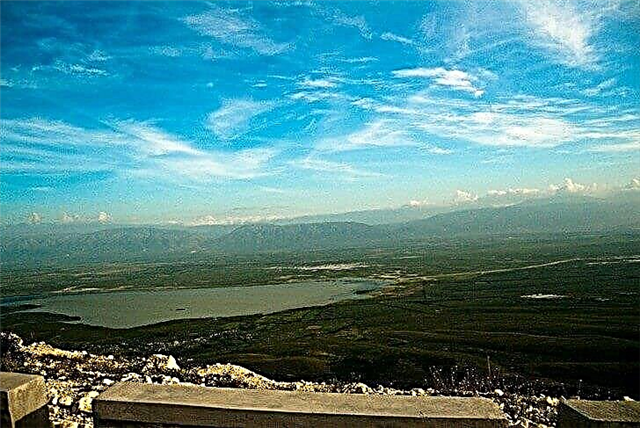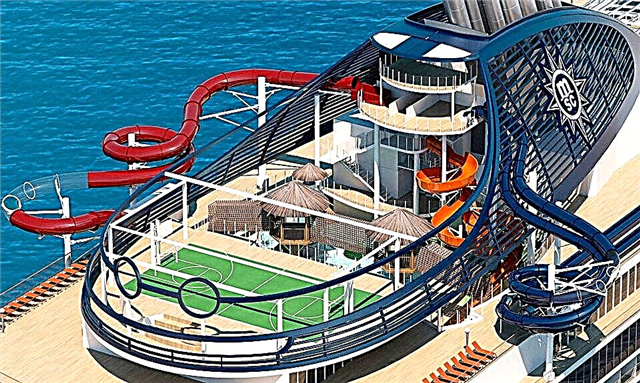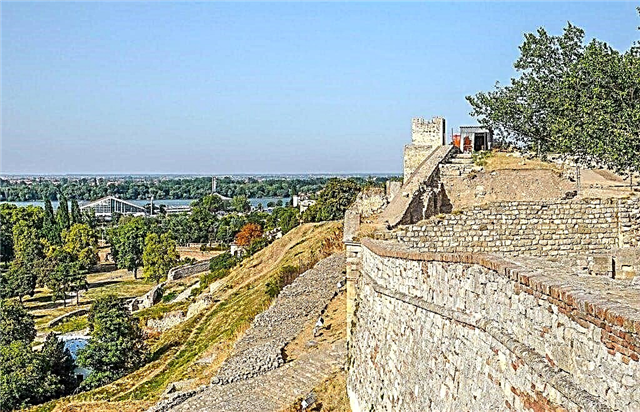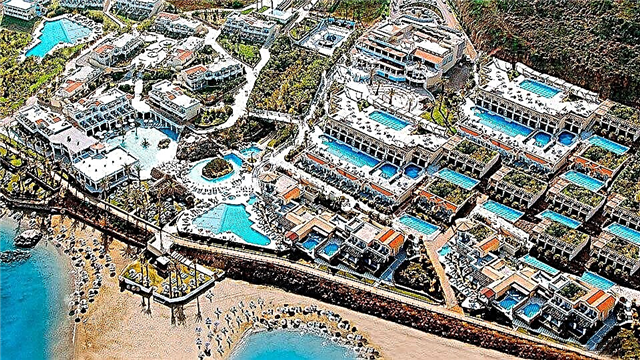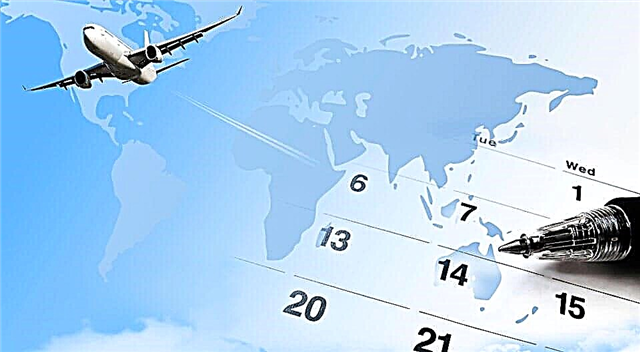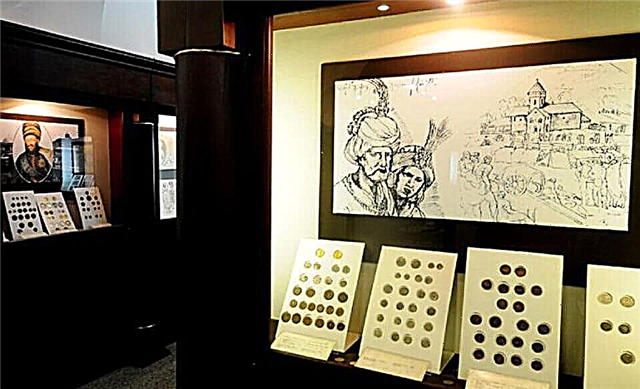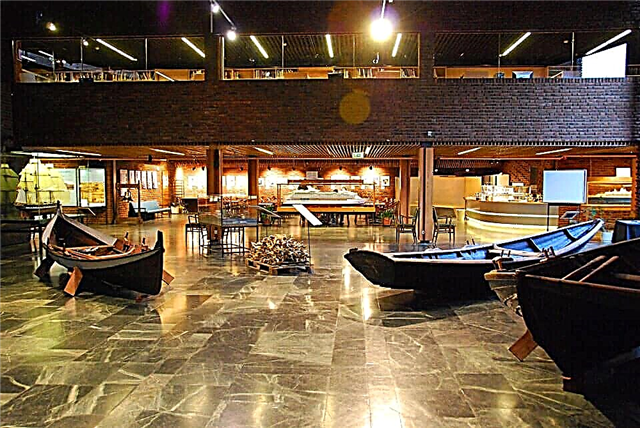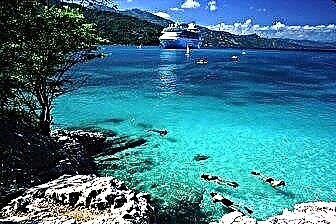Haiti is the land that Columbus first set foot on on his way to India. It was from here that the acquaintance of mankind with a new, unknown world for him began. Columbus was impressed by these lands and the people who lived here. Local residents rescued the sailors, whose ship began to sink, and after that for centuries they defended their freedom, which was taken away by the "saved".
Haiti has a rich history. Due to numerous attacks, the largest fortress in the Western Hemisphere appeared on the island. She is a symbol of the independence of Haitians who have zealously defended their freedom. Haiti is a very poor country, but people here have not yet learned to see tourists as sources of income. Here no one will beg for anything. Although the people are poor, they are friendly, and in the motley and colorful cities, poverty is lost and completely invisible.
Haiti has two luxurious national parks with high mountain peaks. And not far from them there are sunny beaches with white sand. Cruise ships often come here. Haiti is a country where you can touch the mysterious Voodoo culture, see with your own eyes those distant Caribbean, relax on the beach, look at the majestic buildings and taste traditional food at affordable prices.
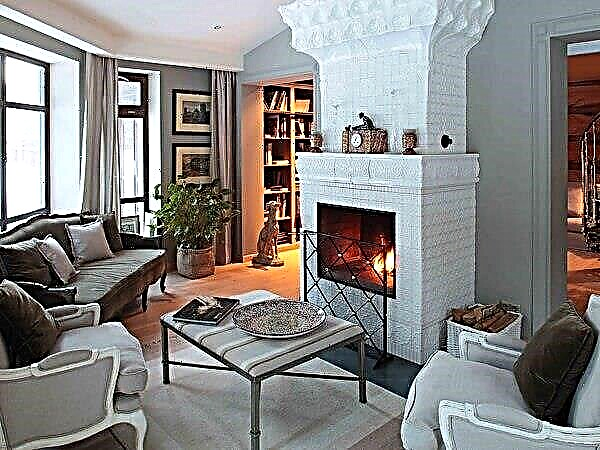
The best hotels and hotels at affordable prices.
from 500 rubles / day
What to see in Haiti?
The most interesting and beautiful places, photos and a short description.
City of Cap-Haitien
The second largest city in Haiti. It was founded in 1670 by the French. It was once the capital of the state. The city consists of a pretty cobweb of boulevards and streets, decorated with trees, under which residents hide from the heat. The main attractions of Cap Haitien are Sanssouci Palace, Citadel Haitien, Laferrière citadel, which is called the largest in the Western Hemisphere.
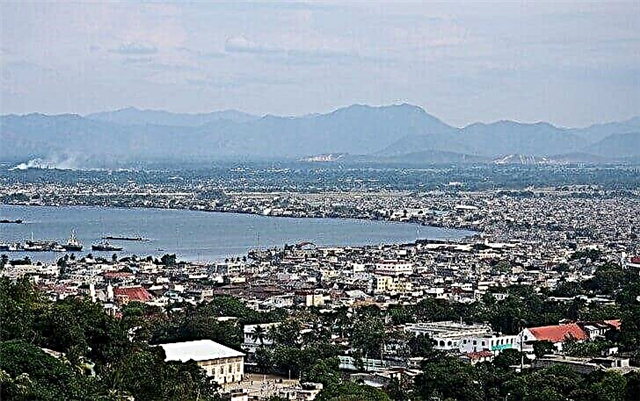
Citadel Laferrier
A symbol of the independence of Haiti, the construction of which stood the titanic efforts of the king's subjects. The citadel was erected 27 km from Cap-Haitien on a mountain 910 m high to protect against the French. Within the walls there are 365 cannons, near which you can see mountains of shells. It is the largest fortress in the Western Hemisphere. Its area is 10 thousand square meters, the height of the walls reaches 40 m, and its construction lasted 15 years.
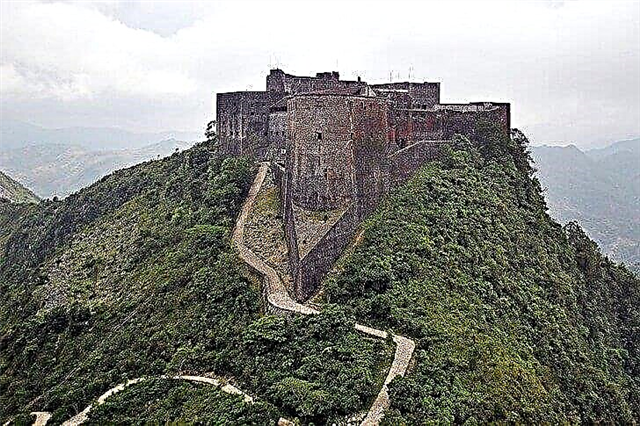
Port-au-Prince
It is the capital of Haiti and the main port of the state. It is located on the shores of Gonave Bay. It is a natural bay that has been a center of trade since ancient times. It was founded in 1749 by the French, and since then it has become the largest city in the country. Port-au-Prince is built amphitheatrically, with commercial areas near the water and residential areas on the hillsides. There is very beautiful architecture in the city center.
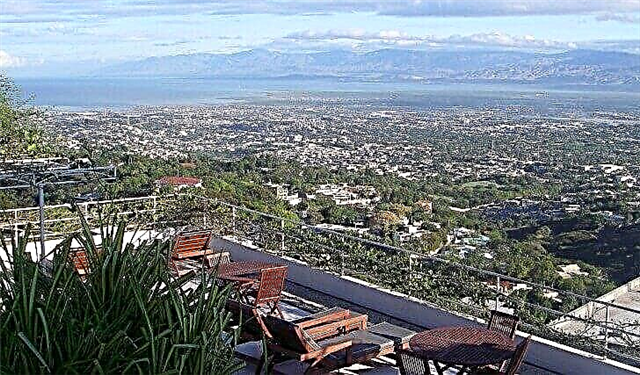
Labadi Island
A heavenly place for tourists visiting Haiti. The island is adjacent to the mountains and offers magnificent panoramas of the Atlantic Ocean. The port of Labadi belongs to the Royal Caribbean company, which brings tourists there on the liner. The beaches are clean, well-groomed, there are many souvenir shops, shops, cafes and restaurants.
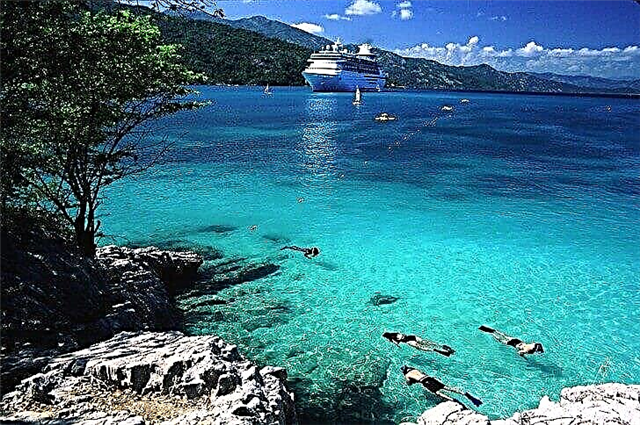
Lake Ethan Sumatra
Due to its salinity, the water in the lake is not suitable for use, but this only attracts tourists. Fans of extreme sports and ecotourism come here. The 170 km² lake is inhabited by flamingos, American crocodiles and more than 100 bird species. Here you can go diving and skysurfing, but you need to be careful, because predators live at the bottom.
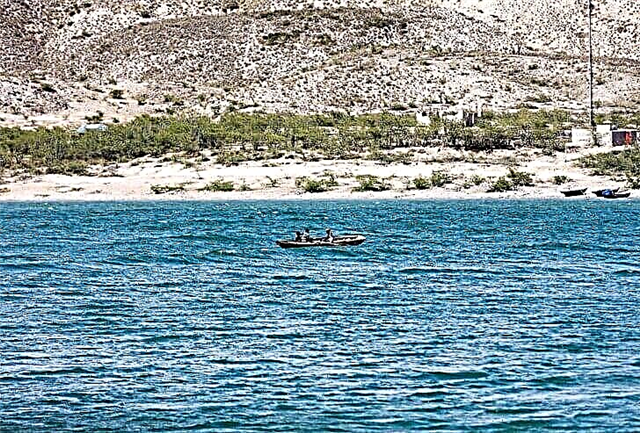
Sanssouci Palace
Not far from Cap-Haitien are the ruins of the Sanssouci Palace. It was the luxurious residence of King Henri Christophe, which was built by slaves in the years 1810-1813. The name of the palace is translated as "carefree". He was located not far from the Laferrière citadel, where the ruler could hide in case of danger. But the king's carefree life ended in suicide. Therefore, local residents bypass the palace.
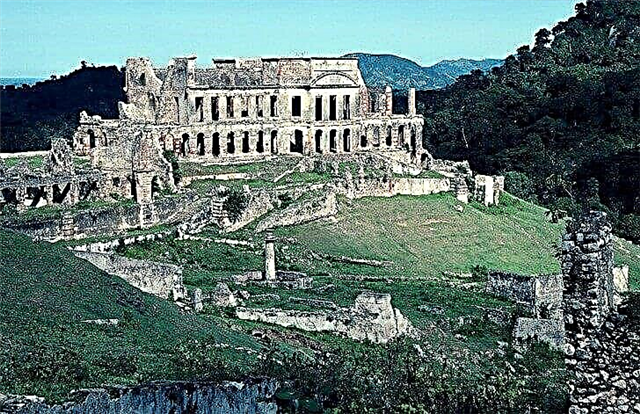
Petionville
The fourth largest city in Haiti. It was founded in 1831 when the country was ruled by Jean-Pierre Boye. And they named it in honor of the fighter for independence - Alexander Petion. The city attracts tourists with its culture and history. Here you can eat delicious traditional food in restaurants or cafes, go to a pub or have fun in a club. Petionville is an attractive and safe city.
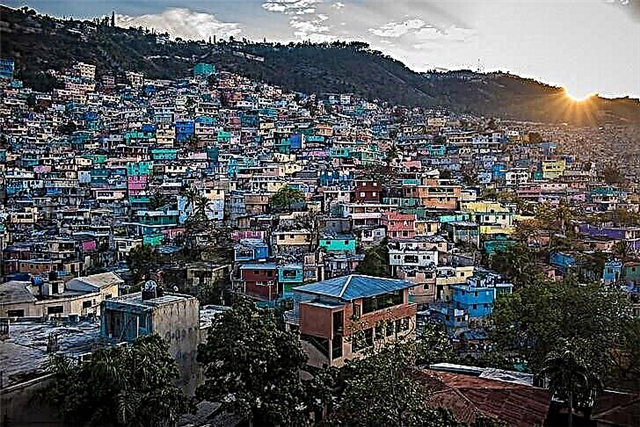
Artibonite River
The main body of water in the country is the Artibonite River. It originates in the Dominican Republic, in the Cordillera Central mountains, and then flows for 240 km through the western part of Haiti. The Peligrskaya HPP was built on it, which provides energy to most of the country. The river valley is very picturesque and fertile; it attracts tourists with its landscapes.
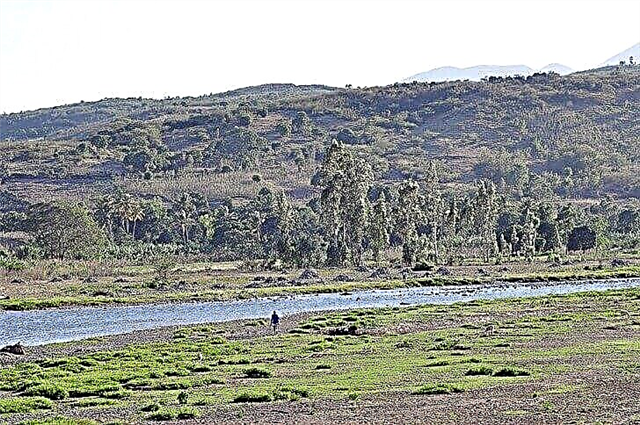
Makaya Peak National Park
Makaya Peak was founded in 1983 in the south of the country. This is the only place in Haiti where cloud forests remain intact. The park is named after the highest peak in its territory. The height of the Makaya Peak is 2347 meters. It is the second highest peak in Haiti. The park presents the rich nature of the country, is home to many birds and animals.
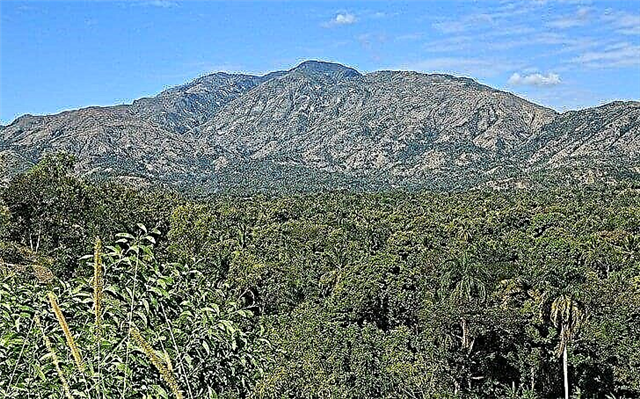
Lake Peligr
The second largest lake is located on the Central Plateau, in the heart of the island. The appearance of the lake was provoked by the construction of the Peligr hydroelectric power station on the Artibonite river. It is remarkable for its blue, calm waters, surrounded by high, green mountains. This is the kind of landscape that you can see when you come to the lake.
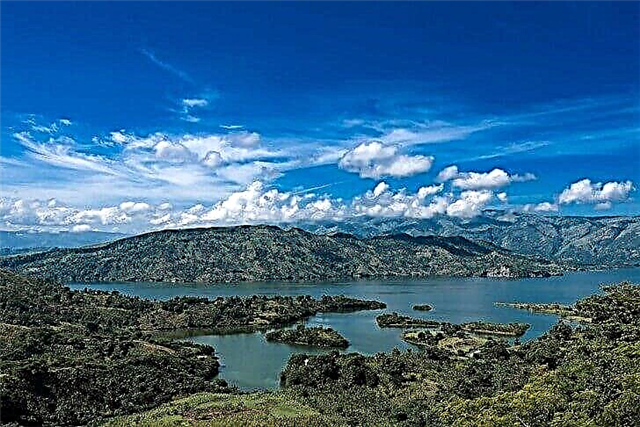
Jacmel city
This is an old city in the south of Haiti. It was founded in 1698 by the French. It was named after the locals, but in a French way. Jacmel has a beautiful waterfall with picturesque nature, pretty streets and a sunny beach. There are many restaurants and cafes, souvenir shops and bars on it. The views from the beach are excellent.
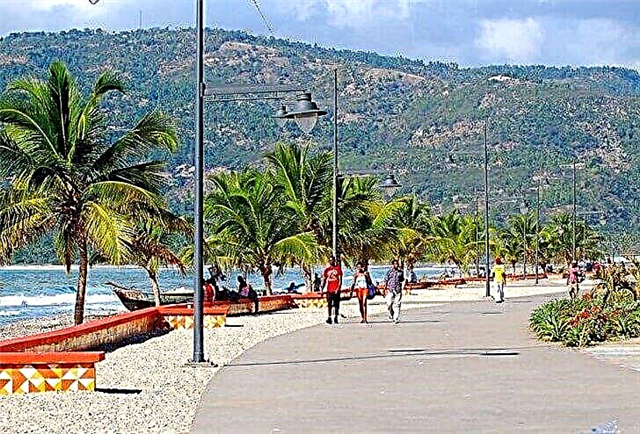
La Visite National Park
It is Haiti's second national park. It was formed in 1983. The area of the park is 30 km². There are mountains on the territory, the highest of which is 2275 m, steppes and forests. Many trees grow in the park, and different types of animals live. Tourists, besides ecotourism, are engaged in cycling in the park.
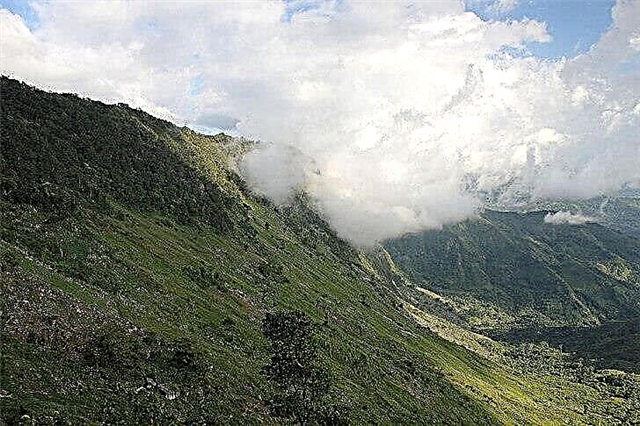
Croix-de-Bouquet village
In the early 1950s, Georges Lyoto began to forge decorations for the local cemetery. Then the art agent prompted him to start making sculptural compositions of metal that would symbolize spirits and voodoo rituals. The village of Croix-de-Bouquet was created by the master's apprentices, “Voodoo blacksmiths”. Tourists can see their workshops, exhibitions, get acquainted with the mystical culture. This is a popular sightseeing spot.
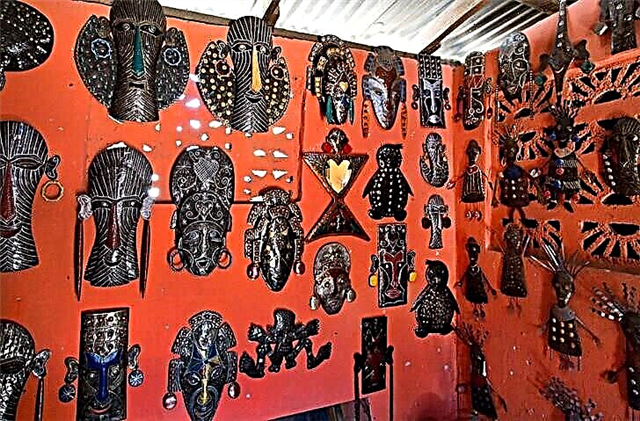
Cathedral cap haitien
Cap-Haitien Cathedral is located in the central square of the city of Haiti of the same name. It was laid down in about 1878, and construction took decades to complete. The cathedral is snow-white, with beige columns and a sky-colored dome. It has two bell towers and three main entrances. This is a Haitian representative of colonial architecture. On the square near the cathedral there is a monument to the national hero Toussaint Louverture.
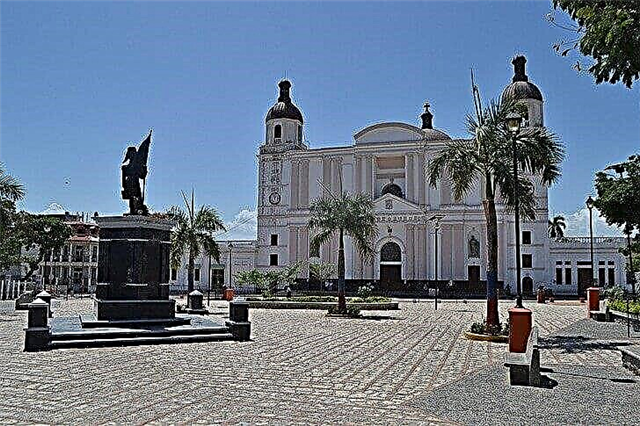
Lake Trou Cayman
It is a small salt lake located in the Cul de Sac valley. Its area is 16 km². The name of the reservoir is translated from French as "caiman hole". This lake is the best birdwatching spot on the island. There is a colony of 150 flamingos, rare ibises, ducks, seven species of herons live.
